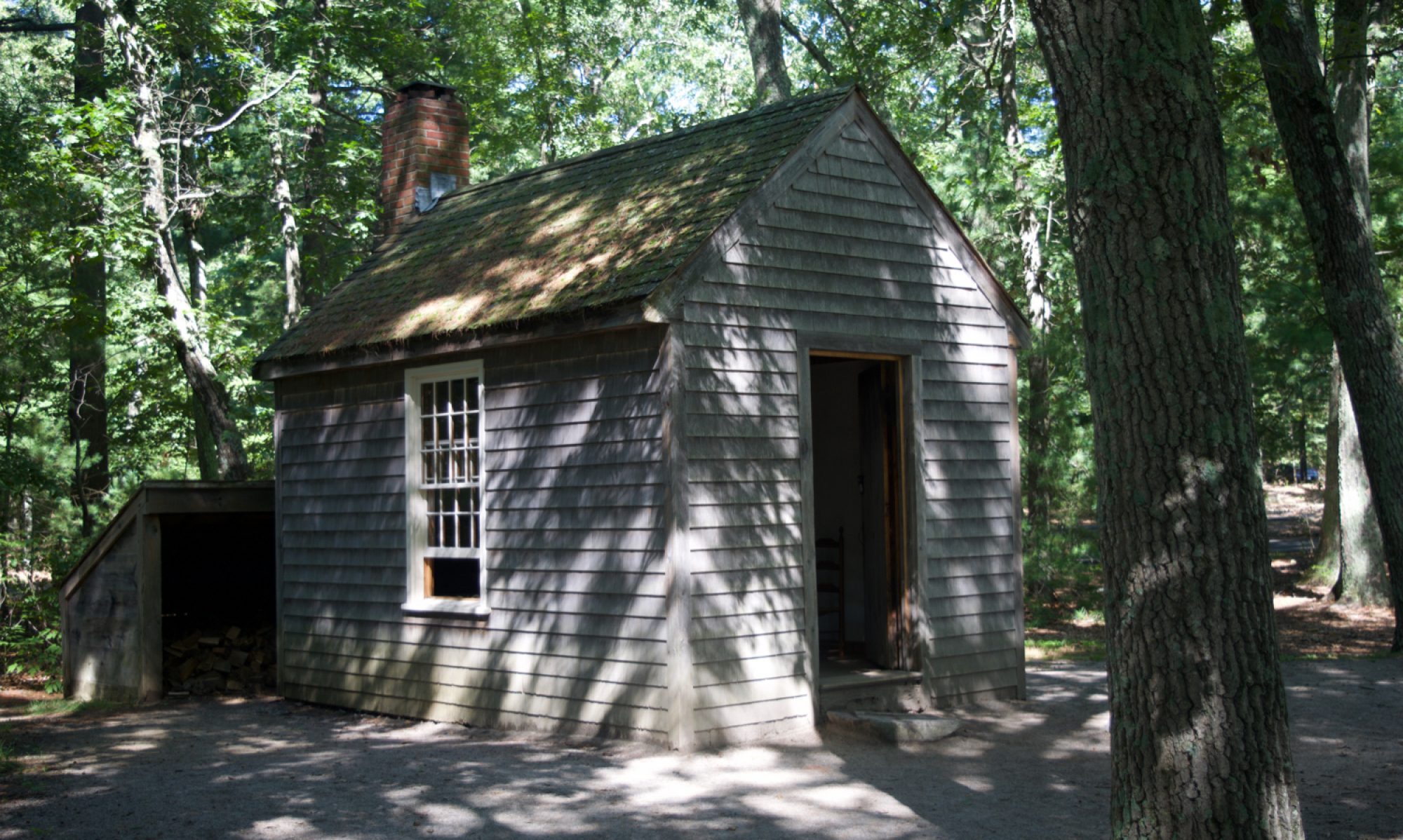We went to this year’s Glamping Show today at Stoneleigh Park near Warwick. Glamping has expanded over the years to include camping pods, newly-built shepherd’s huts, and tiny houses as well as the luxurious tents, yurts etc. I’ve included a gallery of some of the photos I took which gives you a flavour of the event, and points where glamping now overlaps with hutting.
The show is explicitly aimed at landowners wanting to diversify into glamping, and had stands from everyone from wood-burning hot tub makers to online visitor booking software. In the main hall were (mostly) smaller stands and three seminar spaces. Outside were a wide selection of the kinds of tents and cabins on offer.
Hutting tends to be about having the hut or cabin or shed or whatever for much longer than glamping, where you might just hire it for a week. Most hutting is about owning the structure and maybe even the land it sits on. However, there’s now a lot of similarity in the buildings, even if the glamping huts are quite neat and commercial. They’re a lot more soulful than caravans though.
So it was really interesting to see a fun talk by Max McMurdo about upcycling and glamping, and the idea that you might furnish or even construct glamping huts or tents with reclaimed materials to get away from a manufactured feel. He also made some good comments about the experience of glamping which resonated with the experience of hutting: such as the way daylight becomes so important when man-made light is not just available at the flick of a switch; and how satisfying the most ancient human technologies such as lighting a fire can be, especially when you’re living free of wifi and “being connected”. During the questions at the end Planning Law reared its head (as it always does sooner or later), and there was also lots of good advice (like looking for materials to reclaim in skips!) Max has also got a new book out about upcycling.
 Back in the outdoor area, I was really pleased to have a chance to look around the tiny house from Tiny House UK. This is the first time I’ve seen one in person and I hope we see more of them in Britain. Since the ones on wheels or liftable by a crane count as a caravan in planning law, they have the potential to make all those situations where you’re allowed a caravan to be a lot more attractive. One of these is forestry, where you’re allowed to live on site in a caravan when doing forestry work as long as it’s “less than a season”.
Back in the outdoor area, I was really pleased to have a chance to look around the tiny house from Tiny House UK. This is the first time I’ve seen one in person and I hope we see more of them in Britain. Since the ones on wheels or liftable by a crane count as a caravan in planning law, they have the potential to make all those situations where you’re allowed a caravan to be a lot more attractive. One of these is forestry, where you’re allowed to live on site in a caravan when doing forestry work as long as it’s “less than a season”.
If you’re at all interested in doing glamping as a business then I’d recommend looking at the magazines Open Air Business and Glamping Business for the adverts and articles. There are a lot of options, including DIY approaches all the way up to companies who do all the work and share profits with you in return for use of your land.





























